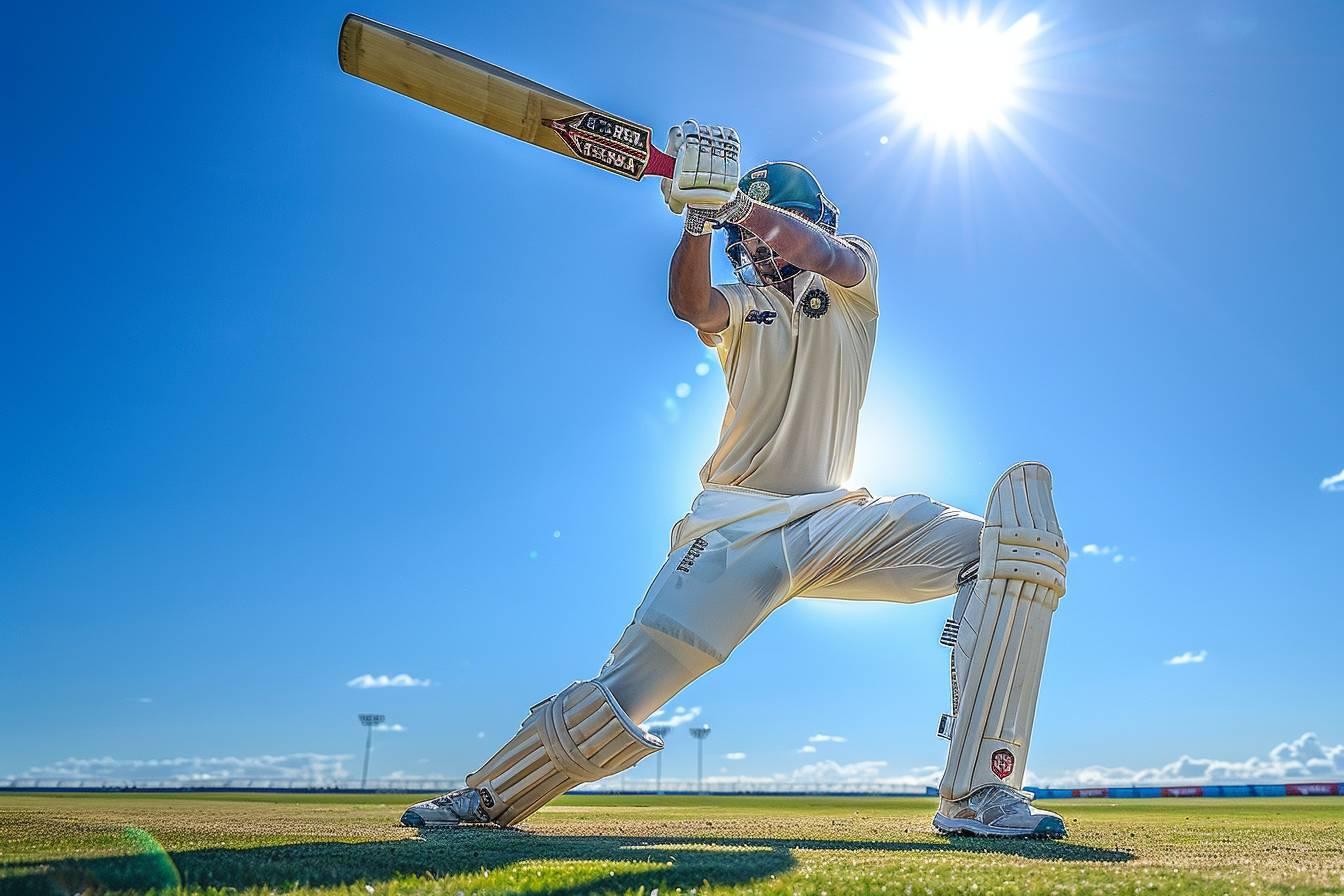🤸 To sum up :
Bowling, golf, and cricket share intriguing parallels in technique, precision, and mental focus. This article explores their similarities and differences :
- Precision and mental focus are crucial in bowling and golf
- Cricket bowling involves different physical demands for fast and spin bowlers
- Cognitive function plays a vital role in performance across bowling sports
- A holistic approach to training enhances overall performance in these disciplines
Bowling, a sport that combines precision, technique, and mental focus, has intriguing parallels with other athletic pursuits. As fitness enthusiasts, we often explore the connections between different sports to enhance our understanding and performance. Let’s dive into a comparative analysis of bowling and other sports that share similar techniques and skills. 🎳🏏⛳
Striking similarities : Bowling vs. golf
When we compare bowling to other sports, golf immediately comes to mind. Both require a keen eye, steady hand, and precise movements to achieve success. As a fitness coach with a perfectionist streak, I’ve noticed several parallels between these two sports :
- Precision and accuracy
- Mental focus and concentration
- Repetitive motions and muscle memory
- Equipment customization
One fascinating aspect is how performance metrics in bowling and golf can be compared. For instance, a +4 golf handicap roughly equates to a 240 average in bowling. This comparison helps us understand the relative skill levels across these sports.
However, it’s important to note that certain achievements in golf are considered more challenging than their bowling counterparts. Shooting a -8 in golf, for example, is generally viewed as significantly more difficult than bowling a perfect 300 game. 🏌️♂️
Let’s look at a comparison of notable achievements in both sports :
| Bowling Achievement | Golf Achievement | Difficulty Comparison |
|---|---|---|
| 300 game (perfect score) | Hole-in-one | Similar difficulty, achievable by less skilled players |
| 300 game | Double eagle (2 on a par 5) | Double eagle considered more difficult |
These comparisons highlight the unique challenges each sport presents, reminding us of the diverse skills required in different athletic pursuits.
Cricket bowling : A different spin on the game
Moving from the lanes to the pitch, cricket bowling offers another interesting comparison to traditional bowling. As someone who appreciates technical precision in sports, I find the nuances of cricket bowling fascinating. In cricket, we distinguish between two main types of bowling : spin bowling and fast bowling.
Each style presents its own set of challenges and physical demands. Let’s examine the injury patterns associated with these bowling techniques :
Fast Bowling :
- Higher injury incidence compared to spin bowling
- Common injury sites :
- Knee
- Ankle
- Low back
- Shoulder
Spin Bowling :
- Lower injury incidence compared to fast bowling
- Common injury sites :
- Shoulder
- Low back
These injury patterns reflect the different physical demands of each bowling style. Fast bowlers experience higher impact forces, while spin bowlers rely more on wrist and finger control. 🏏
As a fitness coach, I find it crucial to understand these differences when designing training programs for cricket players. We must focus on strengthening the specific muscle groups used in each bowling style to prevent injuries and enhance performance.

The mental game : Cognitive function in bowling sports
While physical skills are undoubtedly important in bowling-related sports, the mental aspect plays a crucial role in performance. Recent studies on cricket players have shed light on the cognitive demands of the sport, which can be applied to other bowling disciplines as well.
Research has shown that psychomotor speed remains relatively unchanged after cricket matches. However, there’s an interesting twist : error rates tend to increase. This finding highlights the importance of mental stamina and concentration in bowling sports.
As someone who values attention to detail, I find these cognitive aspects particularly intriguing. Let’s break down some key points :
- Cognitive function is crucial for consistent performance
- Fatigue can lead to increased error rates without affecting speed
- Mental training is as important as physical practice
- Recovery strategies should focus on both body and mind
These insights can be applied across various bowling sports, including traditional ten-pin bowling, cricket, and even aspects of golf. By incorporating cognitive training into our practice routines, we can enhance overall performance and consistency. 🧠🎯
Beyond the throw : Holistic approach to bowling sports
As we delve deeper into the world of bowling sports, it becomes evident that success relies on more than just the act of throwing or rolling a ball. A holistic approach, considering all aspects of the game, is essential for peak performance.
In cricket, for instance, research suggests that bowling workloads should account for high-intensity fielding. This finding emphasizes the importance of considering the entire range of activities involved in a sport, not just the primary action.
Applying this principle to other bowling sports, we can identify several areas that contribute to overall performance :
- Physical conditioning
- Mental preparation
- Technical skill development
- Strategic game planning
- Recovery and injury prevention
As a fitness coach with a competitive spirit, I always encourage athletes to focus on all these aspects. By taking a comprehensive approach, we can maximize performance and enjoyment in bowling sports.
Moreover, practitioners and coaches should be aware of the need to monitor cognitive changes when assessing fatigue in athletes. This approach allows for more accurate evaluation of an athlete’s readiness to perform and helps prevent overtraining or burnout.
In conclusion, comparing bowling across different sports reveals fascinating similarities and differences. From the precision required in ten-pin bowling and golf to the varied techniques in cricket bowling, these sports share a common thread of skill, strategy, and mental focus. By understanding these connections, we can enhance our approach to training and performance in all bowling-related disciplines. Whether you’re on the lanes, the golf course, or the cricket pitch, the principles of precision, consistency, and mental fortitude remain key to success. 🏆



